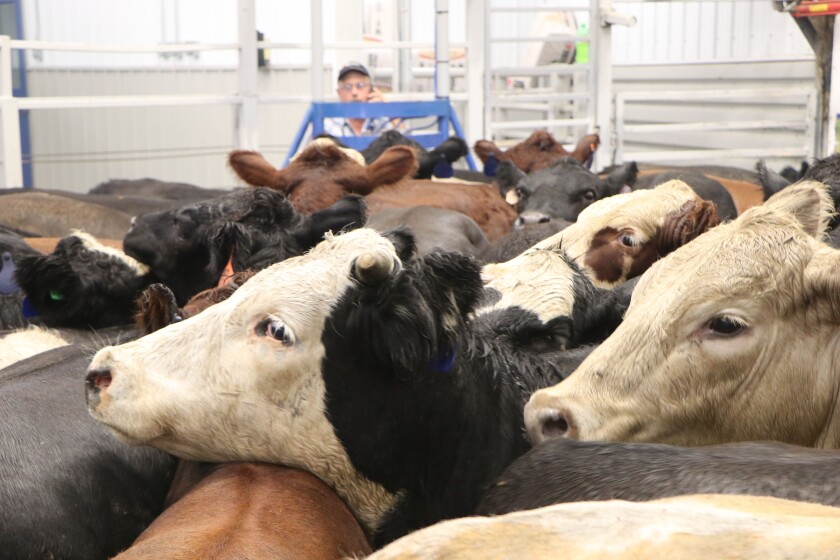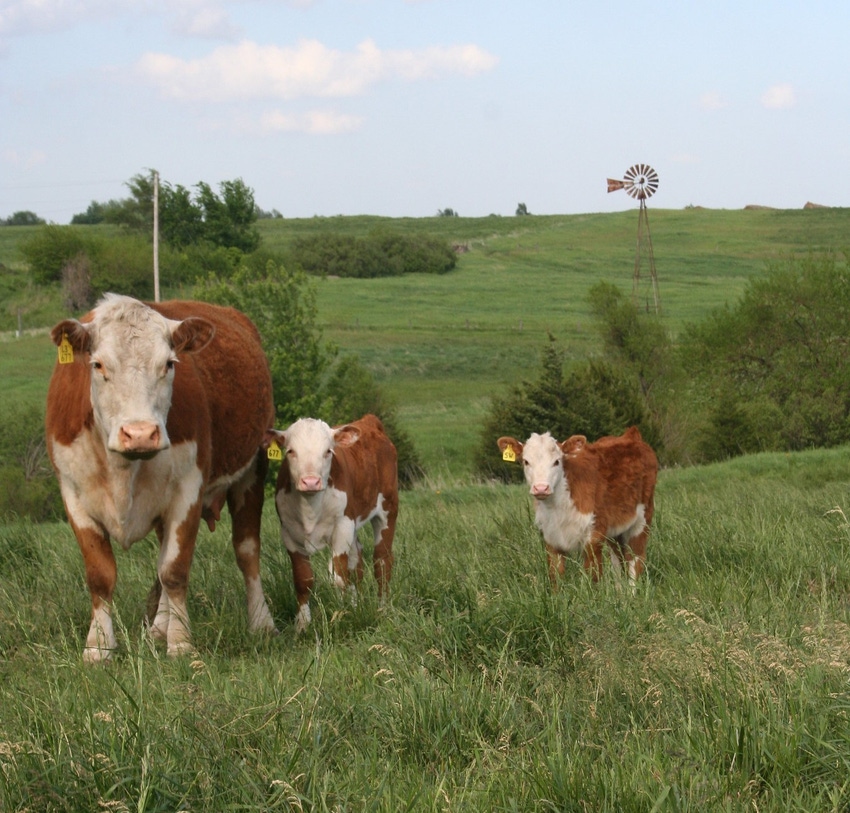Raise Your Know-how with Bagley Risk Management
Raise Your Know-how with Bagley Risk Management
Blog Article
Recognizing Animals Danger Defense (LRP) Insurance: A Comprehensive Overview
Browsing the realm of animals threat protection (LRP) insurance coverage can be a complicated endeavor for many in the farming sector. This kind of insurance uses a safeguard against market changes and unanticipated circumstances that might affect livestock manufacturers. By recognizing the ins and outs of LRP insurance coverage, manufacturers can make educated choices that may secure their procedures from financial dangers. From just how LRP insurance coverage operates to the numerous coverage alternatives readily available, there is much to uncover in this detailed overview that could potentially form the means livestock producers approach threat management in their companies.

How LRP Insurance Works
Periodically, recognizing the auto mechanics of Livestock Risk Defense (LRP) insurance can be complex, however damaging down exactly how it works can give quality for breeders and farmers. LRP insurance is a danger management device created to secure livestock producers versus unexpected rate decreases. The policy permits producers to set a protection degree based on their details requirements, choosing the variety of head, weight range, and insurance coverage price. As soon as the policy remains in area, if market value fall below the coverage cost, manufacturers can sue for the distinction. It is necessary to keep in mind that LRP insurance policy is not an income warranty; instead, it concentrates solely on cost threat security. The insurance coverage period typically ranges from 13 to 52 weeks, supplying adaptability for producers to pick a duration that aligns with their manufacturing cycle. By utilizing LRP insurance policy, herdsmans and farmers can reduce the monetary dangers linked with varying market rates, making sure greater stability in their operations.
Qualification and Insurance Coverage Options

When it involves insurance coverage options, LRP insurance policy offers manufacturers the flexibility to select the protection level, insurance coverage duration, and recommendations that best match their risk administration demands. Coverage levels generally vary from 70% to 100% of the anticipated ending value of the insured livestock. Manufacturers can additionally select insurance coverage periods that straighten with their production cycle, whether they are insuring feeder livestock, fed cattle, swine, or lamb. Recommendations such as cost risk security can even more tailor insurance coverage to safeguard versus adverse market variations. By understanding the eligibility requirements and insurance coverage options available, livestock producers can make informed decisions to manage danger successfully.
Pros and Disadvantages of LRP Insurance Coverage
When assessing Livestock Risk Defense (LRP) insurance coverage, it is necessary for animals producers to weigh the benefits and disadvantages integral in this threat monitoring device.

One of the key advantages of LRP insurance policy is its ability to supply defense against a decrease in livestock prices. Furthermore, LRP insurance policy offers a degree of flexibility, enabling producers to personalize protection levels and plan periods to match their details demands.
One restriction of LRP insurance is that it does not protect versus all types of risks, such as condition episodes or natural disasters. It is essential for producers to thoroughly assess their individual threat direct exposure and pop over to these guys financial situation to figure out if LRP insurance policy is the best threat administration device for their operation.
Understanding LRP Insurance Coverage Premiums

Tips for Making The Most Of LRP Benefits
Optimizing the advantages of Animals Risk Security (LRP) insurance coverage requires strategic preparation and positive danger administration - Bagley Risk Management. To take advantage of your LRP coverage, consider the following tips:
Regularly Analyze Market Conditions: Keep notified about market patterns and rate changes in the animals industry. By keeping track of these factors, you can make educated choices concerning when to purchase LRP coverage to safeguard against prospective losses.
Establish Realistic Insurance Coverage Degrees: When picking coverage levels, consider your manufacturing prices, market value of livestock, and possible threats - Bagley Risk Management. Establishing reasonable coverage levels guarantees that you are effectively shielded without paying too much for unneeded insurance policy
Expand Your Insurance Coverage: Rather than counting only on LRP insurance, consider diversifying your risk administration strategies. Integrating LRP with various other danger management devices such as futures agreements or options can supply comprehensive insurance coverage against market uncertainties.
Testimonial and Change Protection Consistently: As market problems alter, periodically assess your LRP insurance coverage to ensure it aligns with your present danger direct exposure. Adjusting insurance coverage levels and timing of purchases can aid enhance your risk defense method. By complying with these tips, you can make best use of the advantages of LRP insurance coverage and protect your animals operation against unanticipated risks.
Verdict
In verdict, livestock risk security (LRP) insurance coverage is an important device for farmers to handle the financial threats connected with their livestock procedures. By recognizing just how LRP works, eligibility and coverage options, along with the benefits and drawbacks of this insurance policy, farmers can make enlightened choices to shield their incomes. By carefully taking into consideration LRP premiums and applying methods to optimize benefits, farmers can minimize prospective losses and ensure the sustainability of their procedures.
Livestock manufacturers interested in obtaining Livestock Danger Defense (LRP) insurance can check out a variety of eligibility requirements and coverage alternatives tailored to their particular livestock procedures.When it comes to insurance coverage alternatives, LRP insurance coverage uses more helpful hints manufacturers the flexibility to choose the protection degree, coverage duration, and recommendations that best fit their threat monitoring needs.To grasp the complexities of Livestock Danger Security (LRP) insurance coverage totally, recognizing the variables affecting LRP insurance policy costs is important. LRP insurance policy premiums are identified by different aspects, consisting of the insurance coverage degree selected, the expected price of livestock at the end of the protection duration, the kind of livestock being insured, and the length of the insurance coverage duration.Evaluation and Readjust Coverage Routinely: As market conditions change, occasionally assess your LRP protection to ensure it straightens with your existing danger exposure.
Report this page